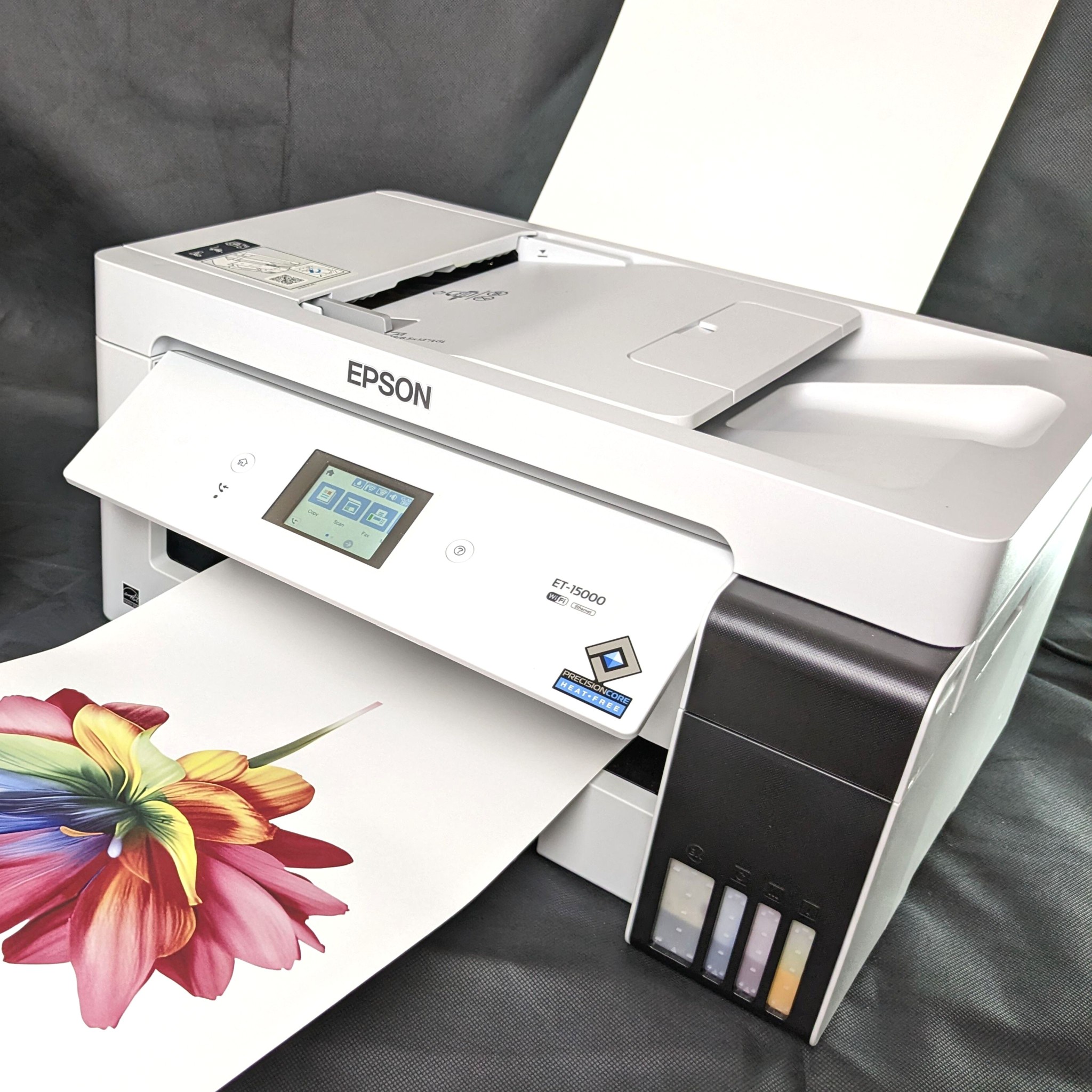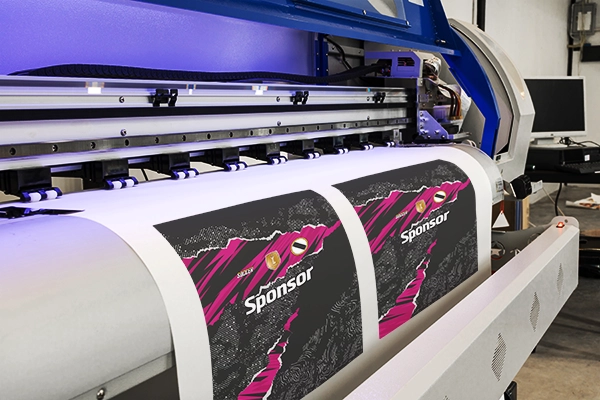Raise Your Styles with DTF Printing: A Comprehensive Overview
Raise Your Styles with DTF Printing: A Comprehensive Overview
Blog Article
A Comprehensive Overview to the Various Sorts Of Towel Printing Strategies
Each method, from the careful workmanship of block printing to the rapid efficiency of screen printing, serves distinct functions and provides distinct benefits. Digital printing's versatility and environmental consciousness stand in plain contrast to the quick personalization of warm transfer printing.
Block Printing
Block Printing, among the earliest techniques of fabric decor, has an abundant background that goes back to ancient worlds. Coming from China around 220 A.D., this method later infected India and eventually Europe. The process involves sculpting detailed layouts right into wooden blocks, which are then dipped in color and pushed onto material to produce patterns. This method is remarkable for its capacity to generate extremely detailed and repetitive layouts.
The accuracy and craftsmanship involved in block printing make it a labor-intensive procedure, however it also permits a high degree of customization. Artisans can create one-of-a-kind patterns by integrating different blocks or differing the application of dye. This adaptability has added to the enduring appeal of block printing in both standard and contemporary fabric style.
Block printing is particularly valued for its visual qualities, consisting of the slight variants in pattern and shade that result from the hand-printing process. These blemishes lend an one-of-a-kind character per piece, identifying it from mass-produced fabrics. Regardless of advances in modern-day printing innovations, obstruct printing remains a valued technique, celebrated for its historic significance and creative worth.
Screen Printing
Screen printing, an additional famous textile design strategy, has transformed the sector with its efficiency and flexibility. This approach involves producing a pattern, called a display, and using it to apply layers of ink on the printing surface area. Each shade in the design requires a separate display, which permits for intricate and dynamic multi-colored prints.

One of the essential advantages of screen printing is its versatility to different sorts of materials, consisting of cotton, polyester, and blends. This method is specifically ideal for large-volume orders as a result of its cost-effectiveness and rate. The durability of the prints is another significant benefit, as the ink bonds well with the textile, ensuring long-lasting designs that withstand multiple washes.
The procedure starts with preparing the displays by finish them with a light-sensitive solution. When dried, the design is transferred onto the emulsion-coated screen using a UV source of light. The revealed locations harden while the unexposed components are washed away, creating a pattern. Ink is after that pressed through the stencil onto the material utilizing a squeegee.
Screen printing is widely made use of in the fashion business, promotional items, and custom-made apparel. Its ability for high-grade, in-depth prints protects its status as a cornerstone strategy in fabric printing.
Digital Printing
Digital printing has swiftly become a sophisticated strategy in the fabric industry, leveraging innovative innovation to produce high-resolution designs straight onto textile. Unlike traditional approaches, digital printing uses inkjet printers to deposit pigment or dye-based inks onto textiles, making it possible for dynamic and detailed patterns with an exceptional level of detail and shade Branded clothing accuracy.
Among the key advantages of electronic printing is its versatility. This method enables on-demand printing, which significantly minimizes waste and minimizes stock prices. Additionally, it sustains brief runs and customized layouts, making it optimal for limited-edition collections and bespoke tasks. The removal of screens and other arrangement requirements additionally boosts effectiveness, reducing production time and labor prices.
In addition, digital printing is eco-friendly. sublimation printing. It utilizes water-based inks and requires much less water and energy contrasted to traditional methods, straightening with lasting methods. The accuracy of electronic printing likewise allows making use of a larger series of textiles, consisting of cotton, silk, polyester, and blends, making sure versatility across numerous applications
Heat Transfer Printing
Exactly how does heat transfer printing change fabric layout? This approach has brought significant developments by enabling elaborate and vibrant styles to be transferred onto a variety of textiles i was reading this with exceptional precision. Warmth transfer printing entails utilizing heat and pressure to transfer a design from a particularly formulated paper onto fabric. This procedure starts with publishing the desired picture onto transfer paper using specialized inks. As soon as the picture is printed, the paper is positioned onto the material and based on a warm press, which transfers the ink from the paper to the material.
Among the primary advantages of warmth transfer printing is its capability to produce high-grade, comprehensive photos rapidly and successfully. It is especially fit for small manufacturing runs and custom orders, making it a prominent selection for customized clothing and advertising items. Furthermore, this strategy is versatile, fitting numerous kinds of materials consisting of cotton, polyester, and blends.
Moreover, warm transfer printing is reasonably cost-efficient compared to various other approaches, as it requires very little arrangement and reduced initial investment - DTF printing. This cost, combined with its ability for generating vibrant, resilient prints, underscores its critical function in modern-day textile layout

Dye Sublimation Printing
Dye sublimation printing, an innovative textile printing method, offers unparalleled vibrancy and this long life for styles on different synthetic textiles. The printed transfer paper is then positioned on the material, and both are subjected to high heat and stress utilizing a heat press.
One of the key advantages of color sublimation printing is its ability to create continuous-tone prints with vivid colors and intricate information. Unlike other printing techniques, the color becomes part of the material instead than sitting on top of it, resulting in a soft and breathable surface.
Verdict
In summary, towel printing methods each offer one-of-a-kind benefits tailored to different demands and applications. Block printing is revered for its artisanal high quality, while display printing is useful for high-volume manufacturing. Digital printing provides adaptability and environmental advantages, whereas warmth transfer printing is perfect for fast modification. Color sublimation printing generates vivid, resilient styles on synthetic materials. The variety and advancement within these approaches highlight the vibrant and developing nature of the towel printing industry.
Each method, from the meticulous craftsmanship of block printing to the quick performance of display printing, offers special functions and uses unique benefits. Digital printing's adaptability and ecological awareness stand in raw contrast to the quick customization of heat transfer printing. Despite advances in modern-day printing modern technologies, obstruct printing remains a cherished strategy, commemorated for its historical significance and imaginative worth.
Dye sublimation printing, an innovative textile printing strategy, provides unmatched vibrancy and long life for styles on different synthetic textiles. Digital printing offers versatility and ecological benefits, whereas heat transfer printing is excellent for fast modification.
Report this page